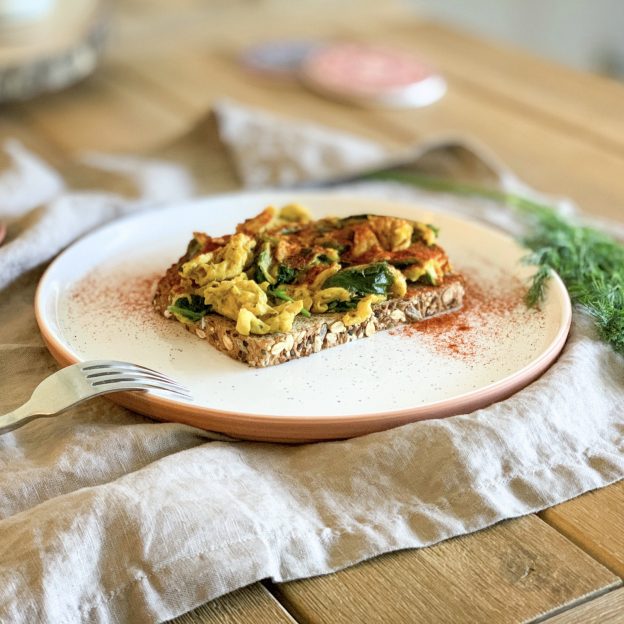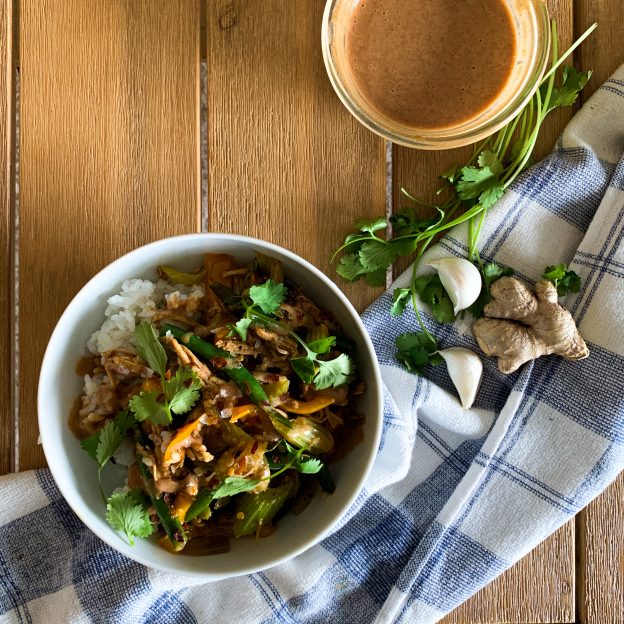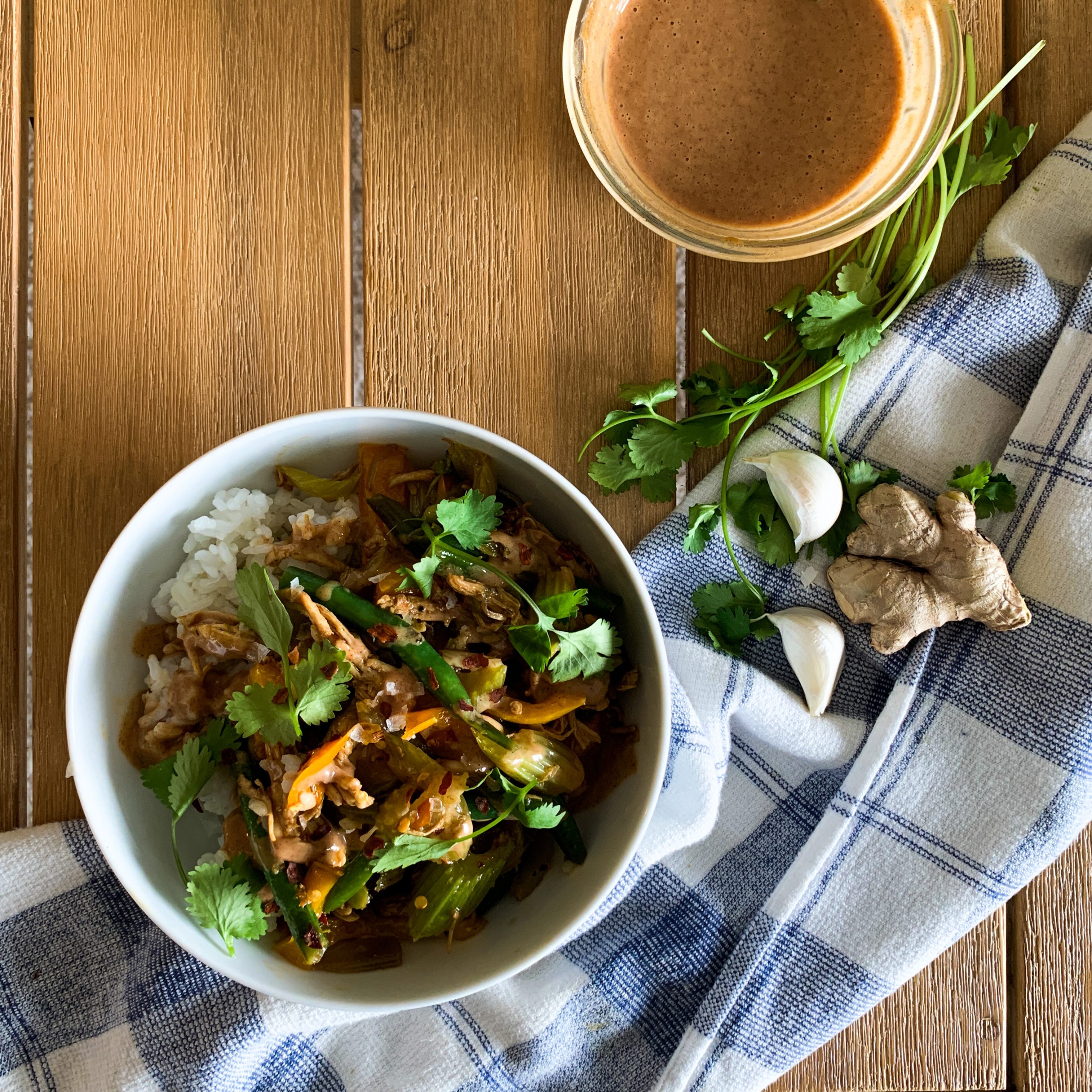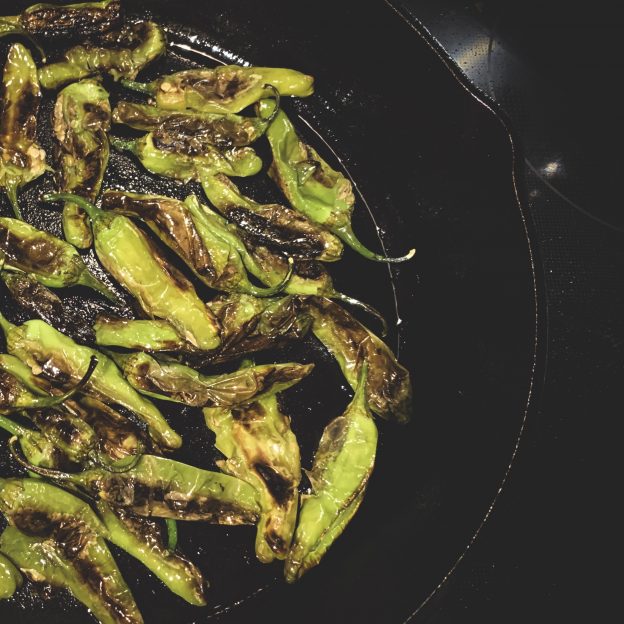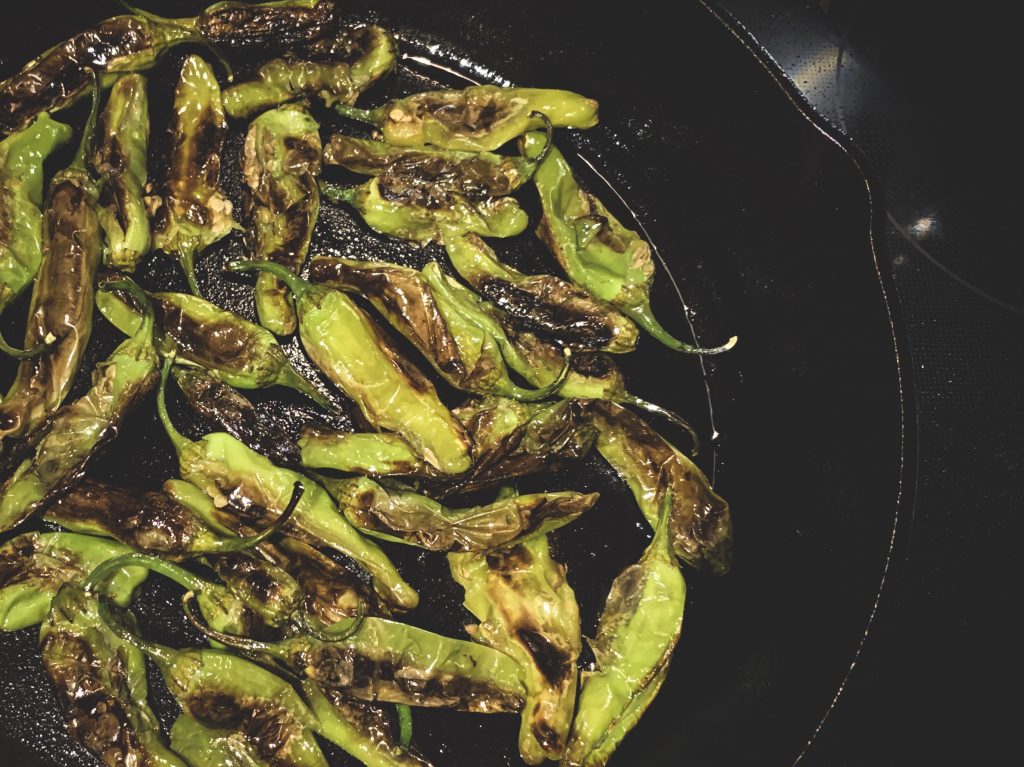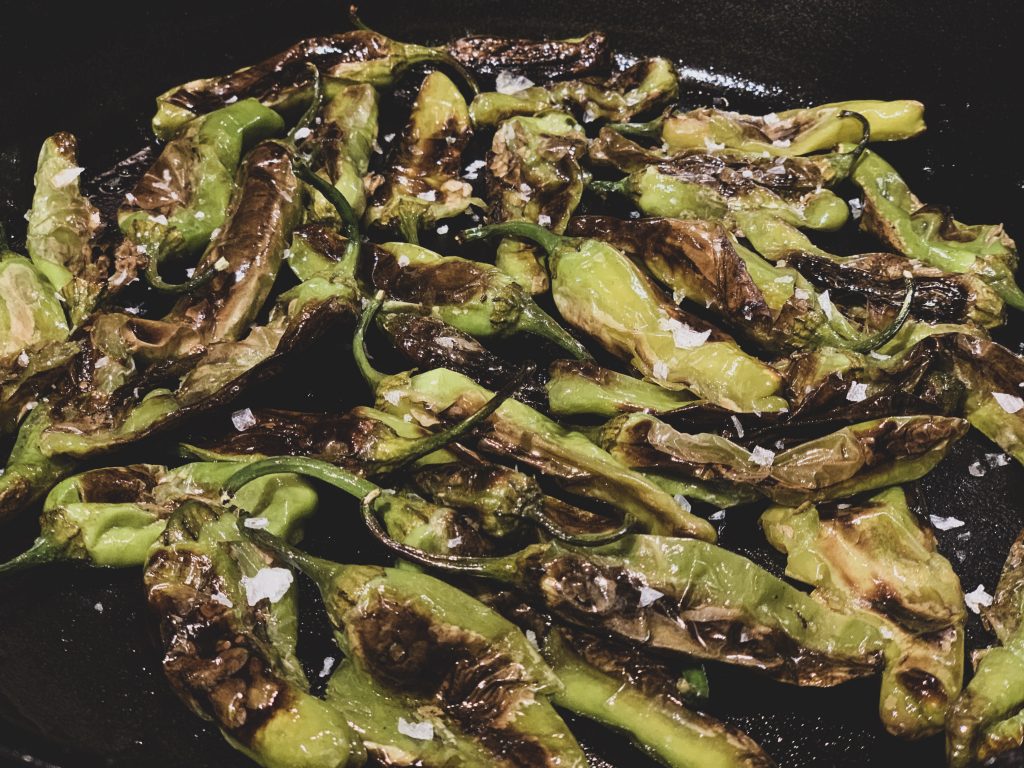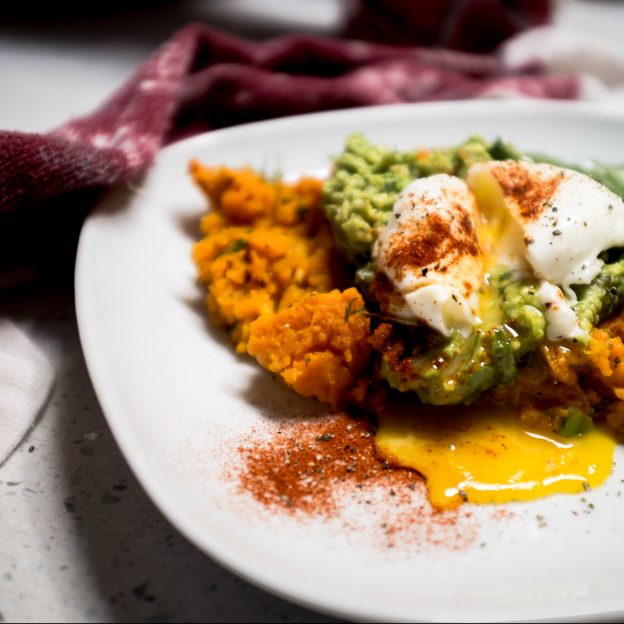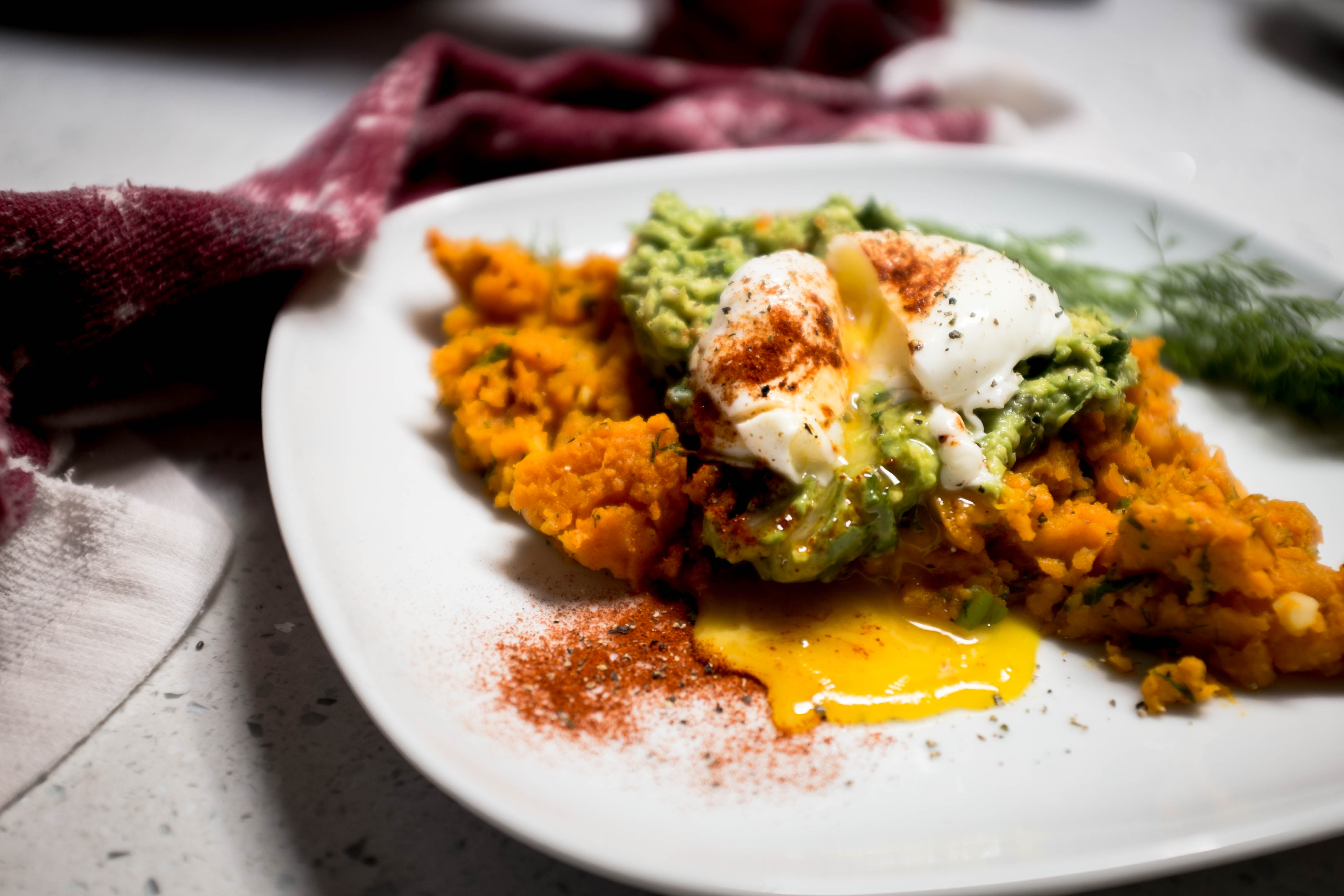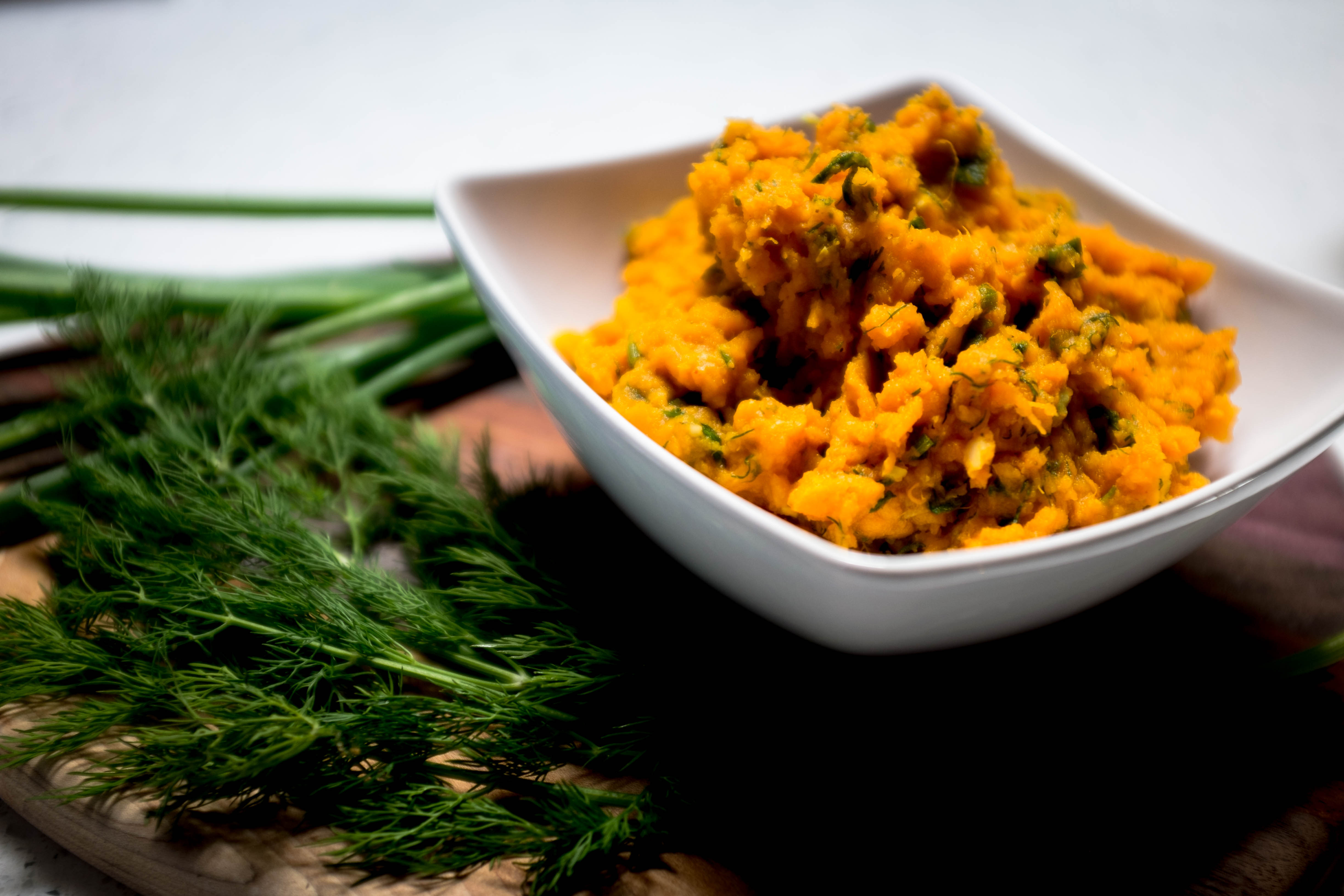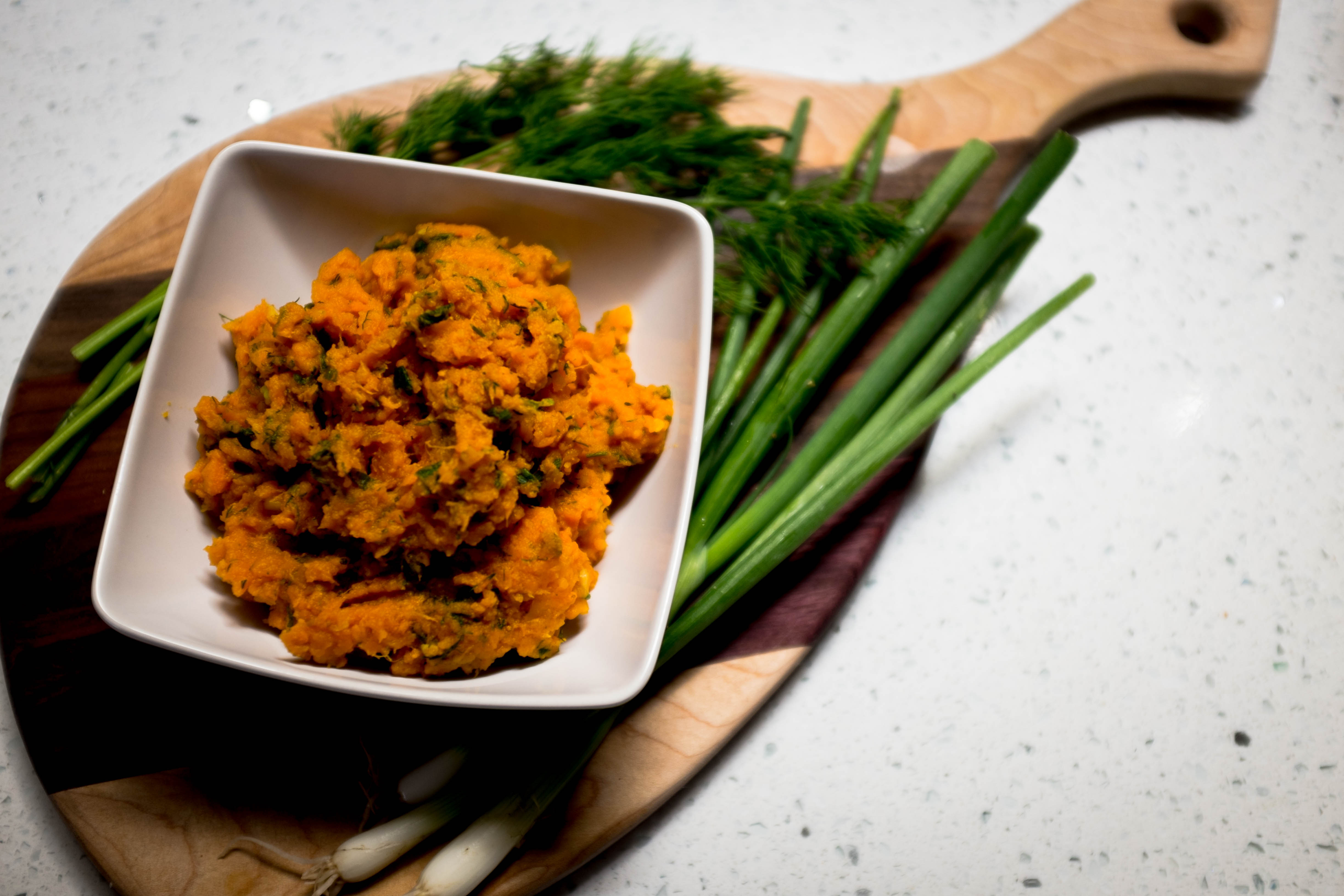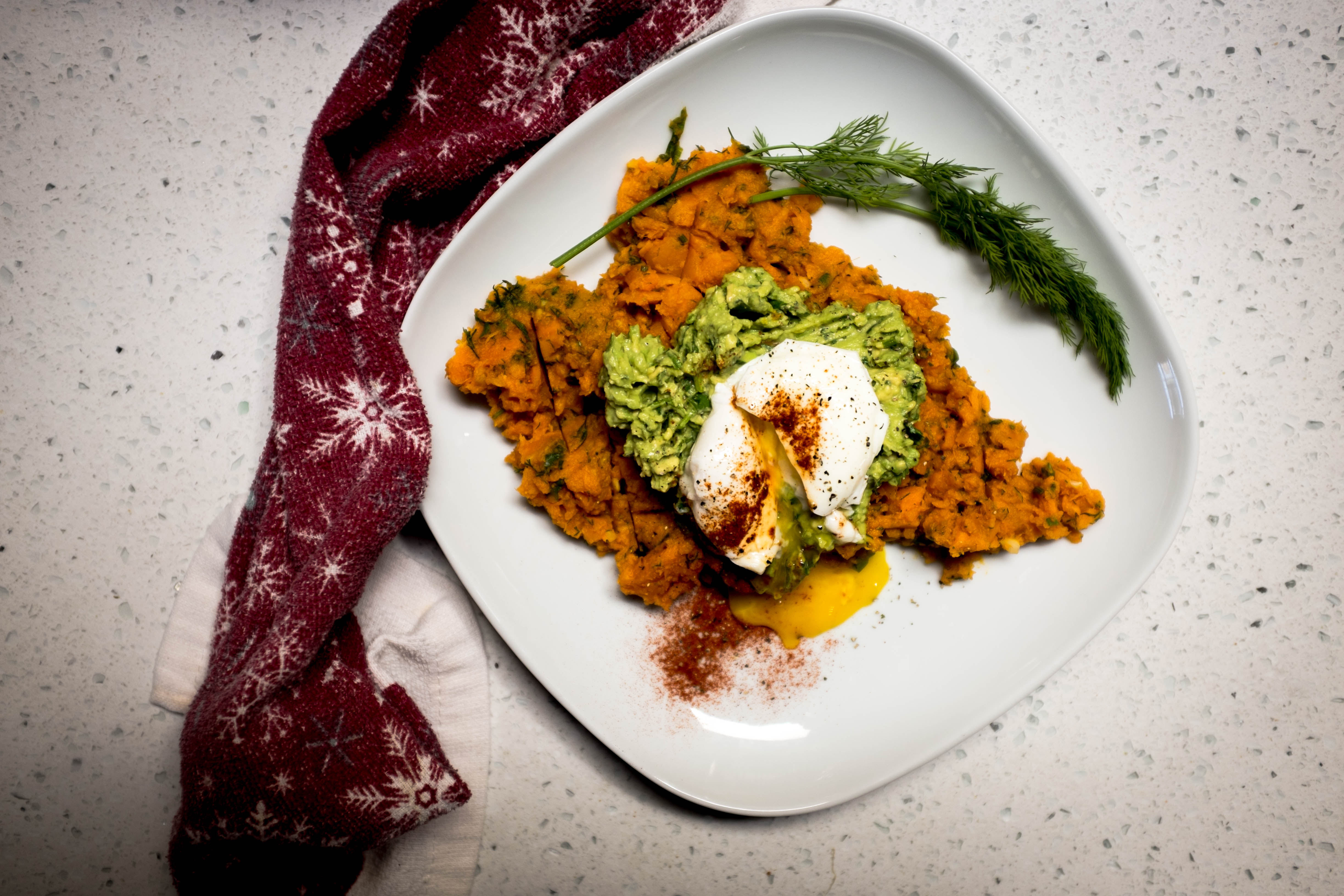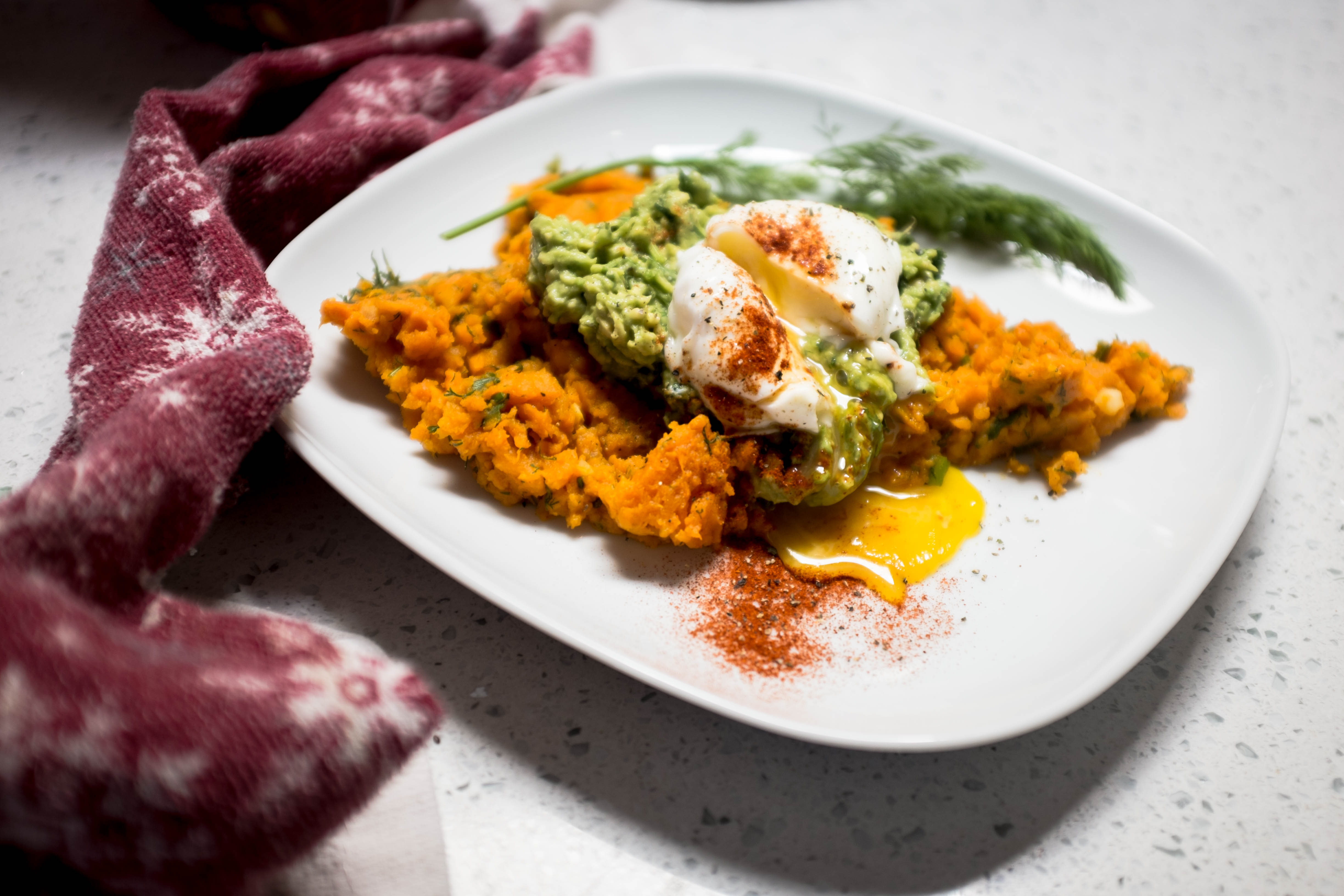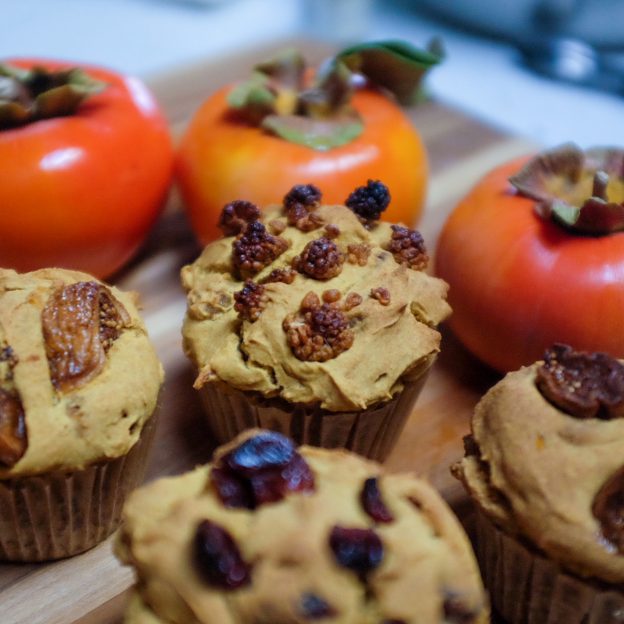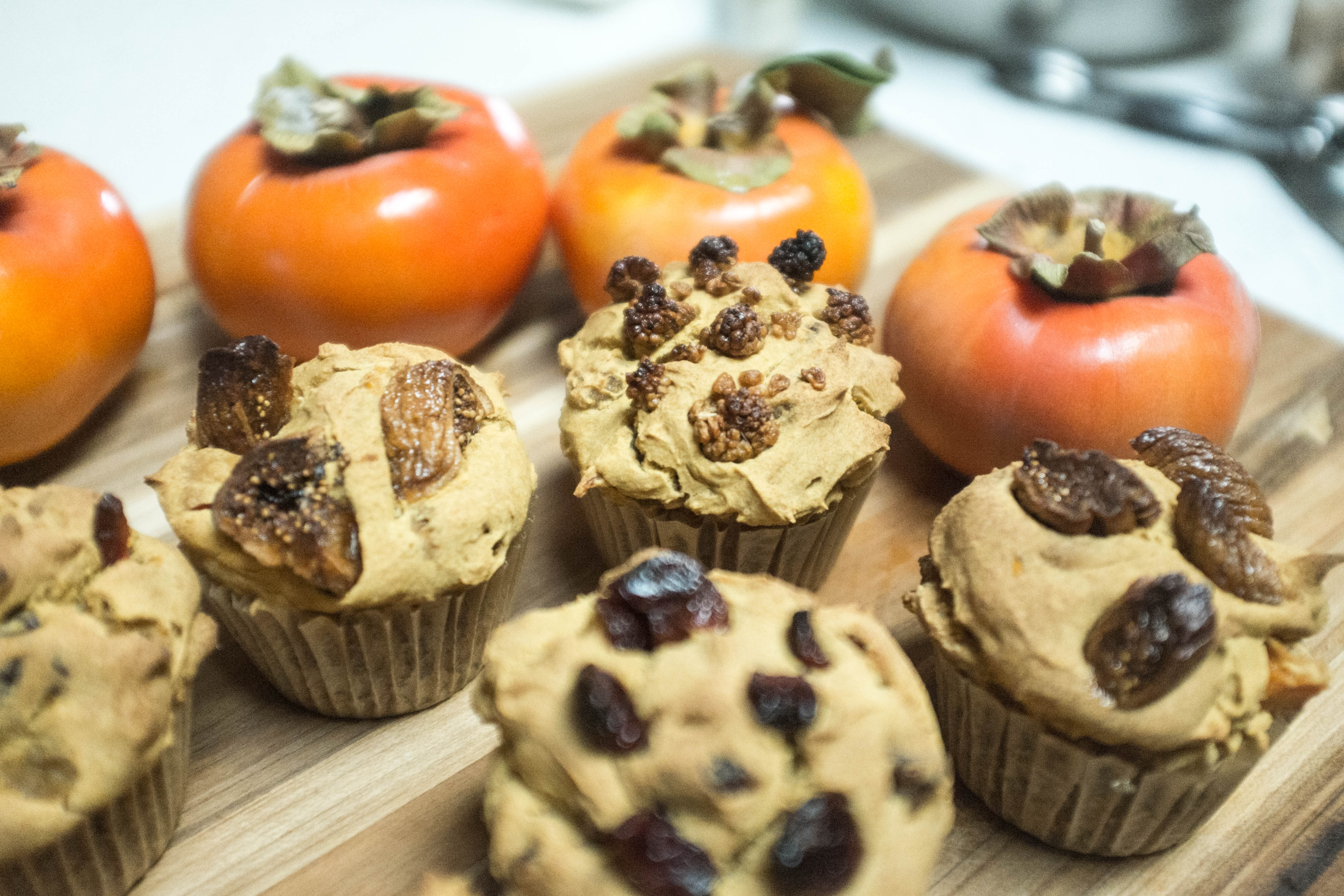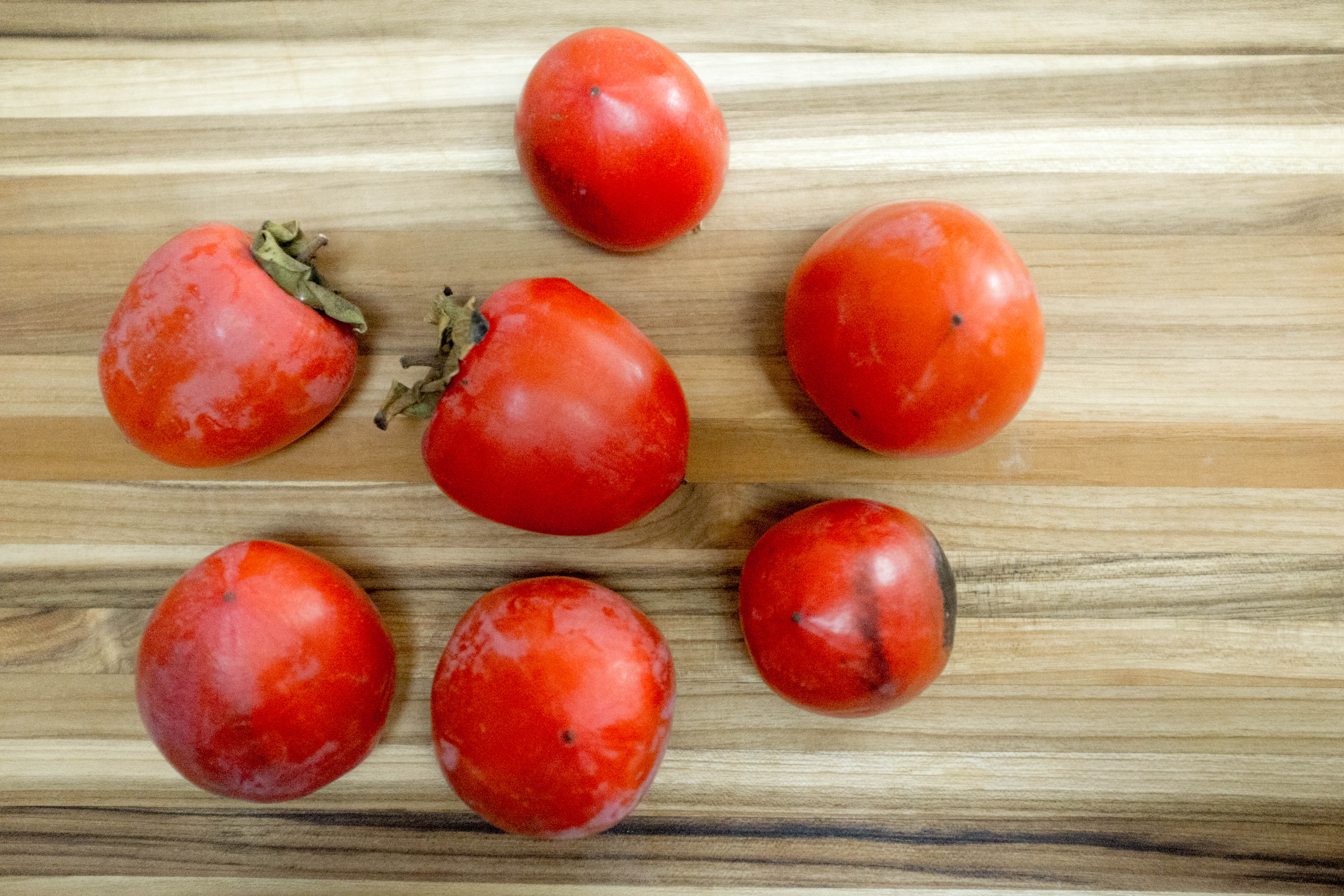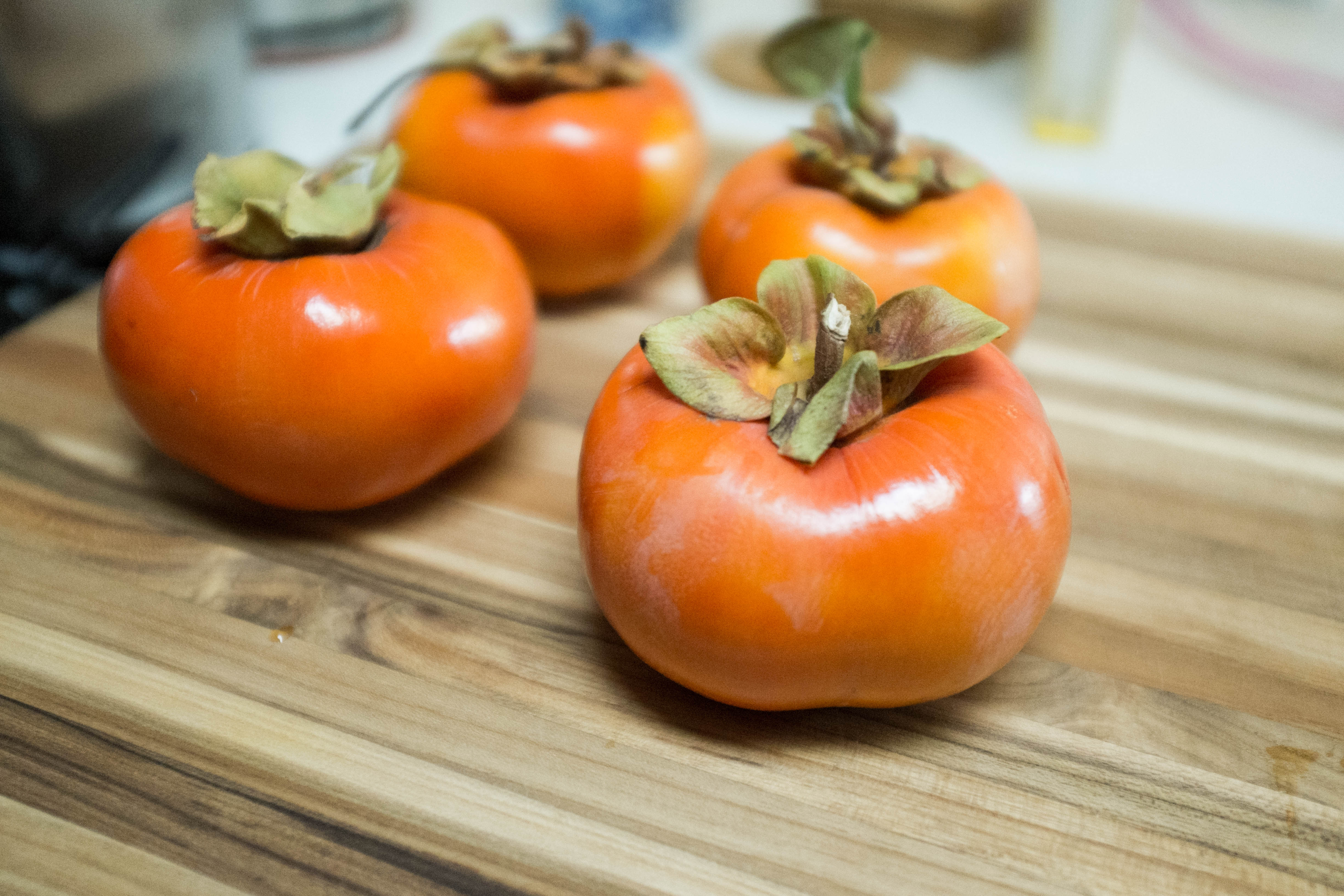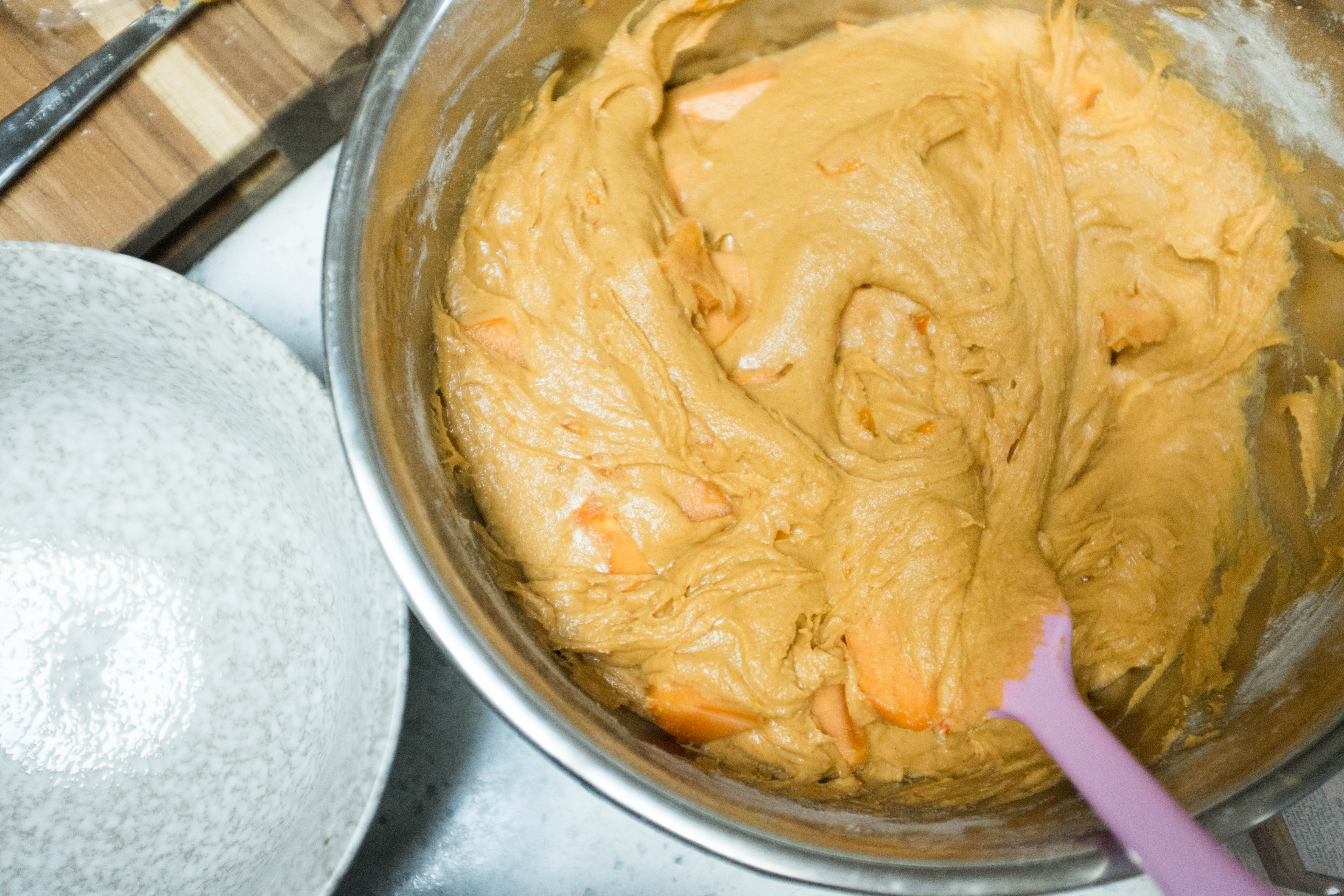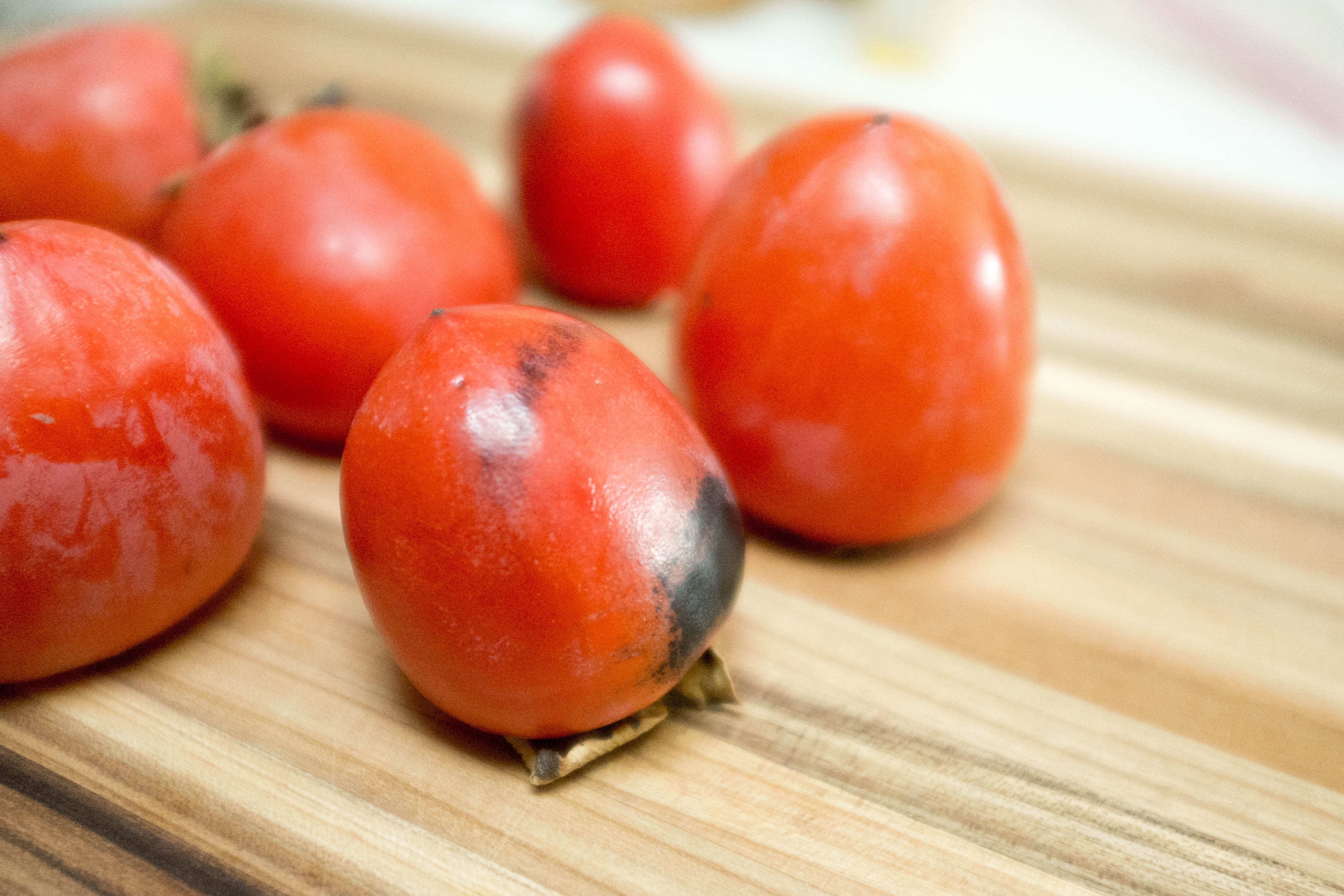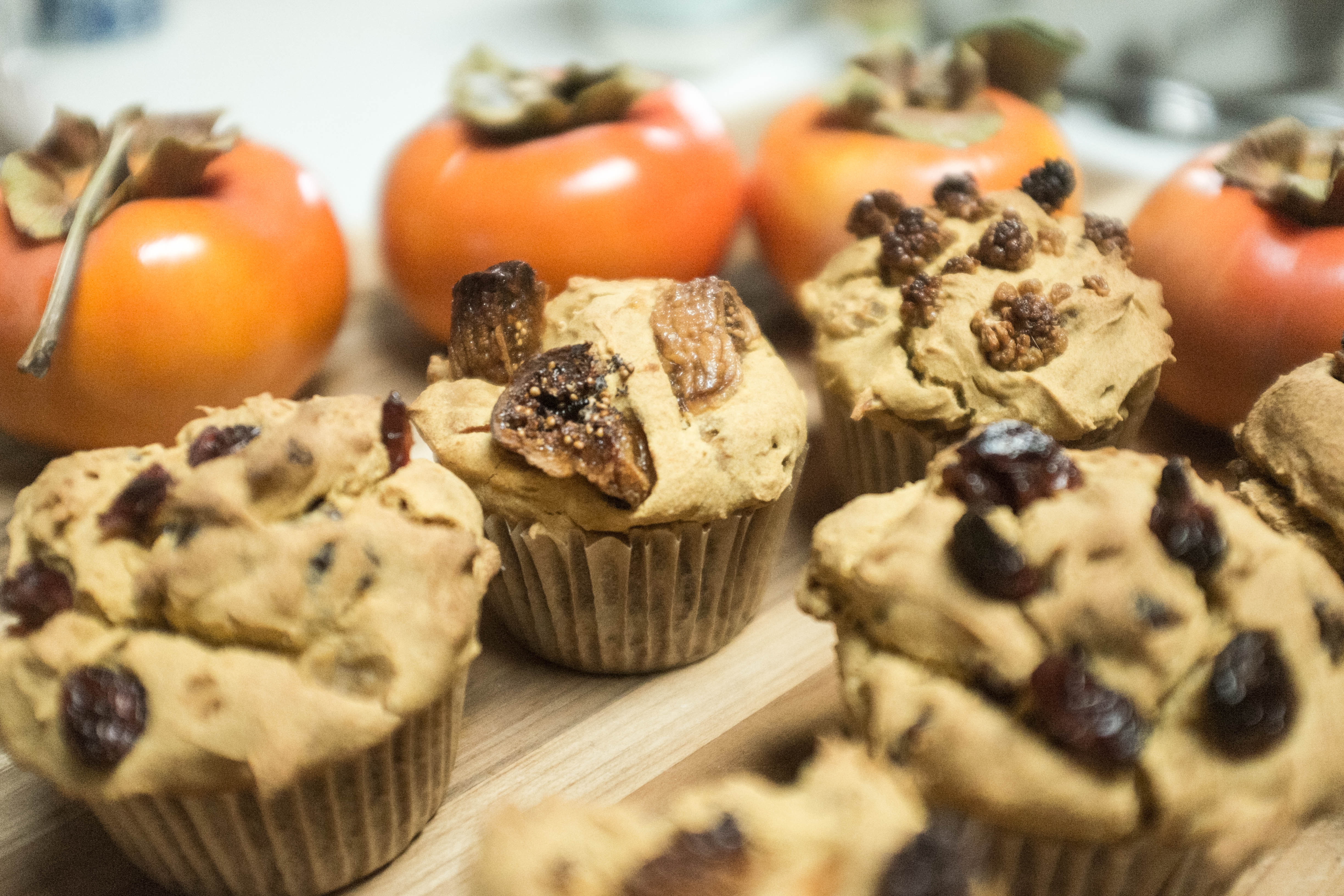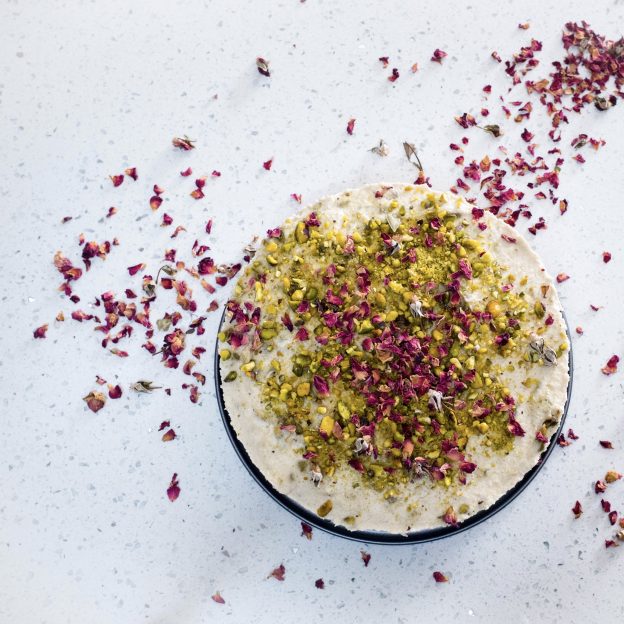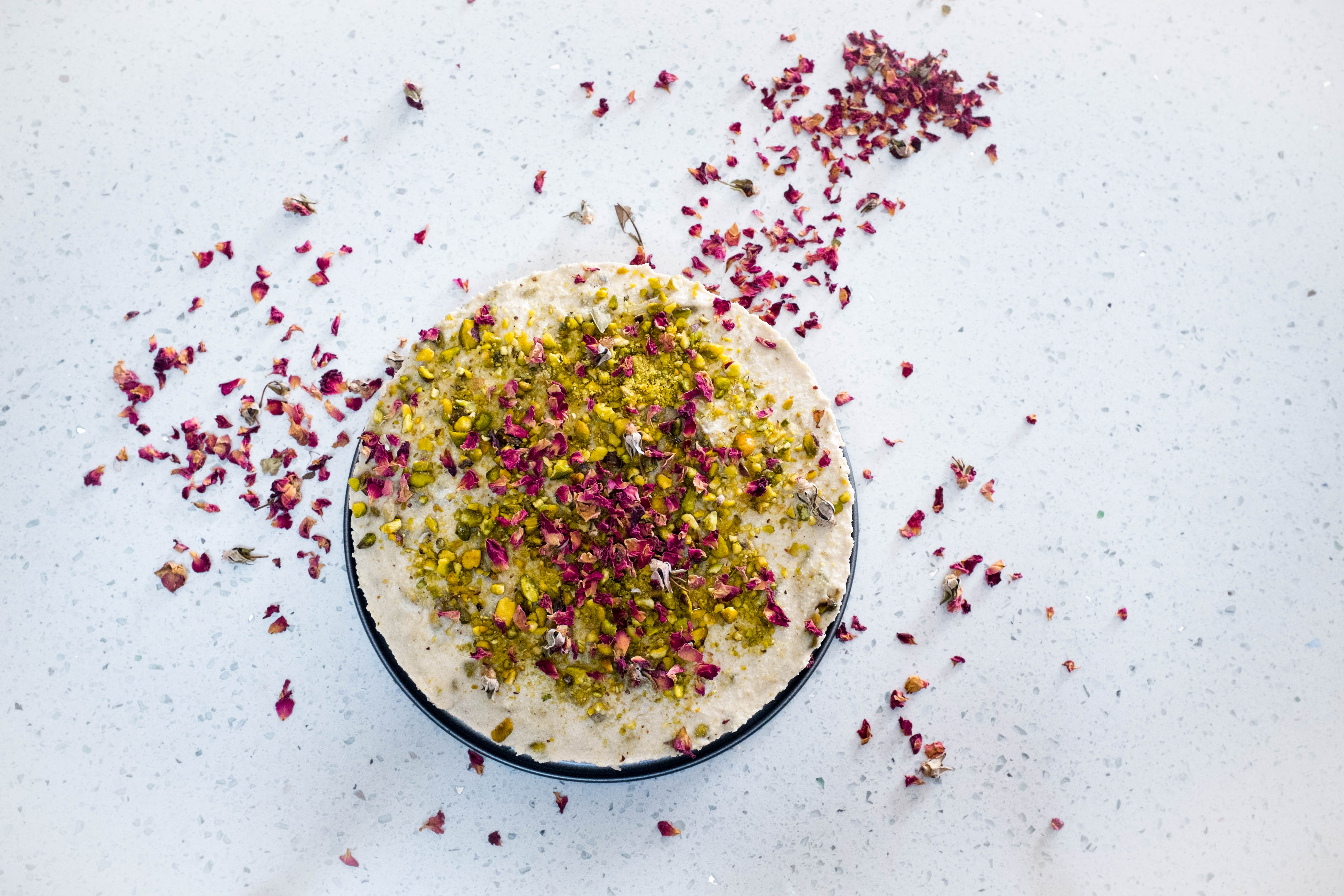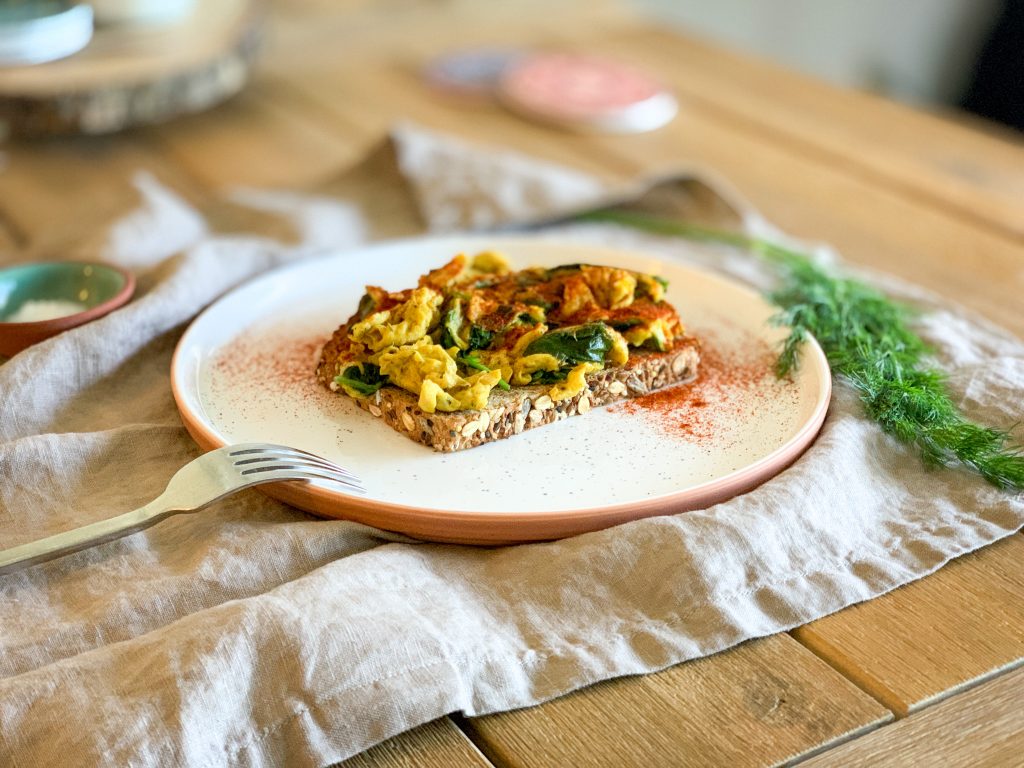
When your roommate looks at your breakfast and remarks, “Wow, how did you make some veggies on eggs and toast look so delicious?”, you figure it’s a good recipe to document on your blog that no one reads 🙂 I make this most often when I want something fast, light, and fresh. Sometimes, I can’t be bothered to make a meal that takes more time and thoughtfulness, but I also don’t want to settle for microwaving leftovers, or turning to a prepackaged energy bar. Elevated eggs and toast falls into the grey area between “I’m lazy” and “I’m a princess”, which is how I feel about most of my meals these days.
There are few breakfast dishes I love more than the classic eggs and toast, due to how easy it is to make it taste like a sumptuous brunch the newest hipster coffee shop would charge me $14 for (yes Vive la Tarte, I’m speaking to you). My perfect breakfast is cooked so the textures are perfect: I like my eggs just a tad runny, my spinach fairly wilted, and my toast just a light shade of brown. The magic of perfect eggs and toast really comes down to timing cooking each ingredient so they’re all at the right amount of doneness at the same time, and the key to varying how scrambles taste is all in the spices.
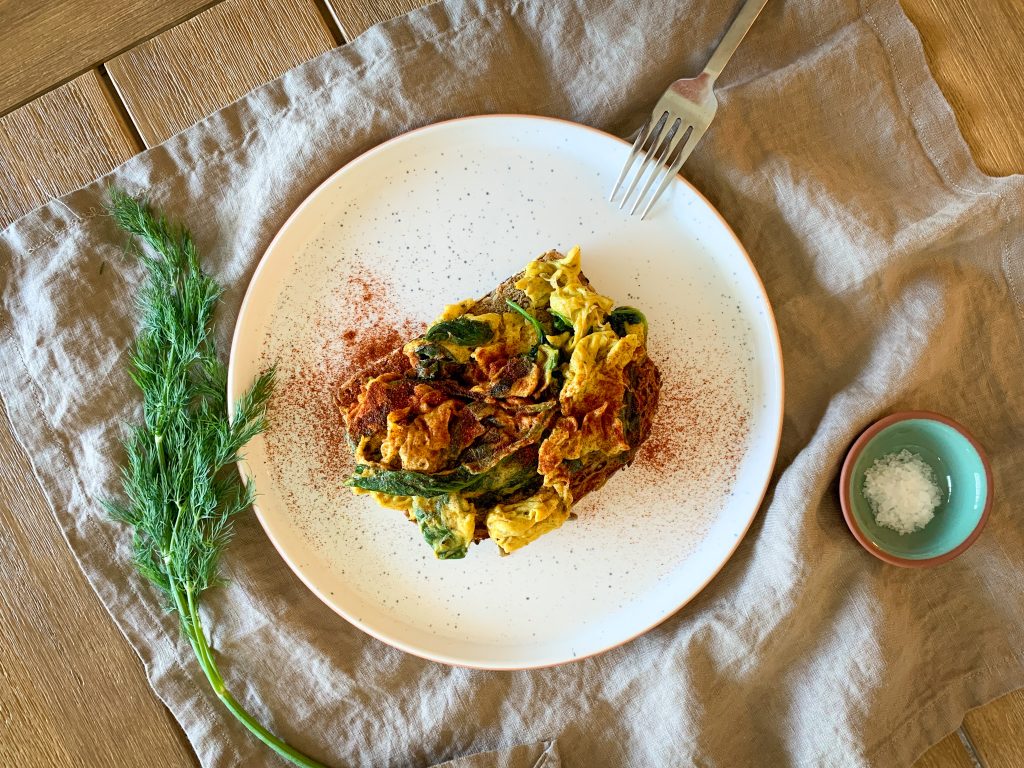
Ingredients (for one serving):
- 1/2 tumeric powder
- 1 tsp curry powder
- 1/2 tsp smoked paprika
- 1/2 tsp fresh or dried herbs (I used fresh dill and a dried herb mixture from Trader Joe’s)
- 1/2 handful of baby spinach
- 1 slice of toast
Directions:
- Heat olive oil in a nonstick pan on medium heat until warm. Add toast to one half of the pan, and add the spinach to the other.
- While the spinach and toast are cooking, whisk eggs with tumeric, curry powder, herbs, salt, and pepper.
- When the spinach has begun to wilt (about 1 minute), flip the bread to brown the other side.
- Remove the bread after it’s browned, laying it on a plate, and add the scrambled egg mixture to the pan, and turn off the heat completely.
- Stir the eggs around as curds begin to form, and when the eggs are at the desired doneness, remove them from the pan and plate them on your toast.
- Sprinkle smoked paprika powder on top of your eggs, and any other garnishes you want to incorporate (I also sprinkled on some Maldon salt, because that makes almost everything taste better).
Notes:
- Scrambled eggs are best cooked at low temperatures, and will continue cooking even after they are removed from the pan because of the heat that they retain, so it’s best to remove them when they’re a little runnier than you want them to be in their final stage.
